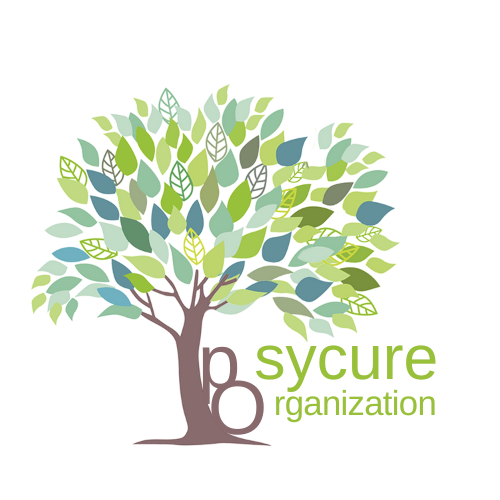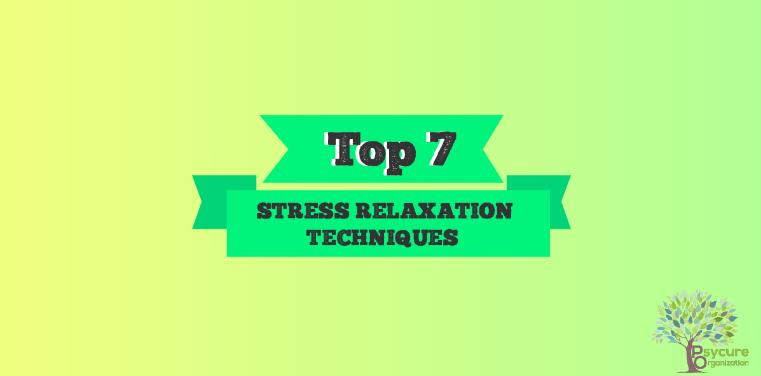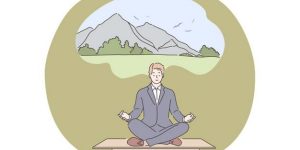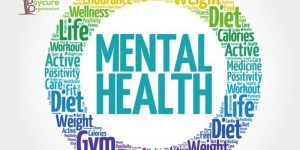We go through stressful situations in our daily walks of life. No matter what the cause, stress drowns our body with upheavals of hormones. Our breathing pattern gets affected, our heartbeat rises, and our muscle tenses seem complimentary with every sort of stress! These are some common “stress responses” toward threatening situations.
We took on these traits for survival threats from animal attacks or droughts from our ancestors. Although we no longer face such life-threatening situations anymore, our daily life challenges set off these “stress responses”. We may not be able to ignore all sources of our daily stressors, but we could surely develop helpful ways to respond to them.
According to Dr. Herbert Benson of Harvard Medical School, “relaxation responses” can help us to create the opposite of “stress responses”. These relaxation responses can be developed through regularly practising relaxation techniques.
Here are the top 7 relaxation techniques to evoke relaxation responses by reducing our daily stress levels:



1) BREATHING TECHNIQUE:
Diaphragmatic (abdominal/belly) breathing. A very powerful technique where: we inhale long, slow, deep breaths through our nose. Then exhale slowly through the mouth. As we blow air out through the mouth, keep the jaw relaxed and make a ‘whooshing’ sound as we exhale. Through this repeated process, we disengage our minds from distracting thoughts and feelings. It helps us focus on the present and become mindful. Practice it for several minutes until we start to feel better. In case of any heart conditions, we should consult the doctor before practising this technique regularly.2) BODY SCAN:
After practicing a few minutes of the breathing technique we focus on any one part of the body or group of muscles at one time and start releasing any physical tension we feel. We do this by acknowledging any pain in that area and any thoughts and emotions which arise along the process and gently breathing through. Visualize the tension leaving the area through breathing and vanishing into thin air! Practice it until you feel easier in that area. The body scan can help boost our awareness of the mind-body connection. If you have recently gone through any surgery, then this technique might become rather challenging for you so opt for another technique.3) VISUALIZATION:
For this technique, we create or select some soothing scenes, places, or experiences in our minds to help us relax and focus. There are several free apps online and recordings of calming scenes. We can choose any imaginary scenes that have personal significance for us. After selecting the image, we do the breathing technique while focusing on that vision, until we feel better. Guided imagery helps to reinforce a positive vision for us, but keep in mind this technique can be a challenge for the ones who find it hard to create their own mental images.







